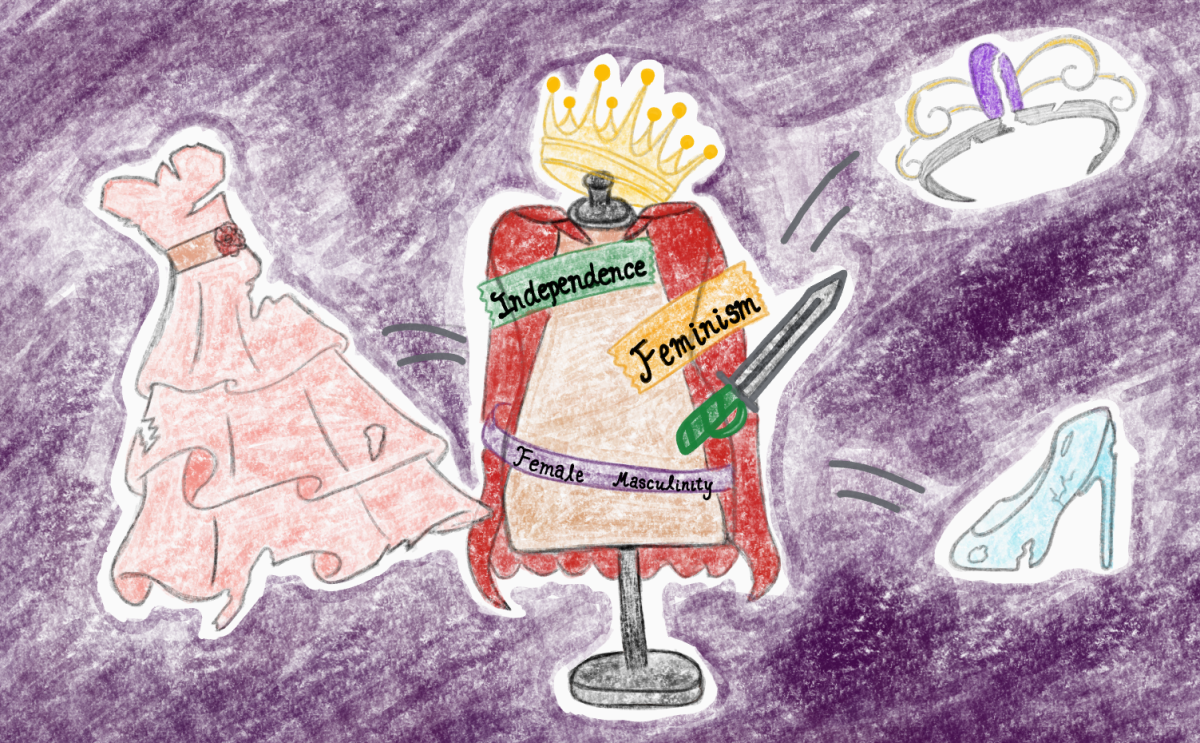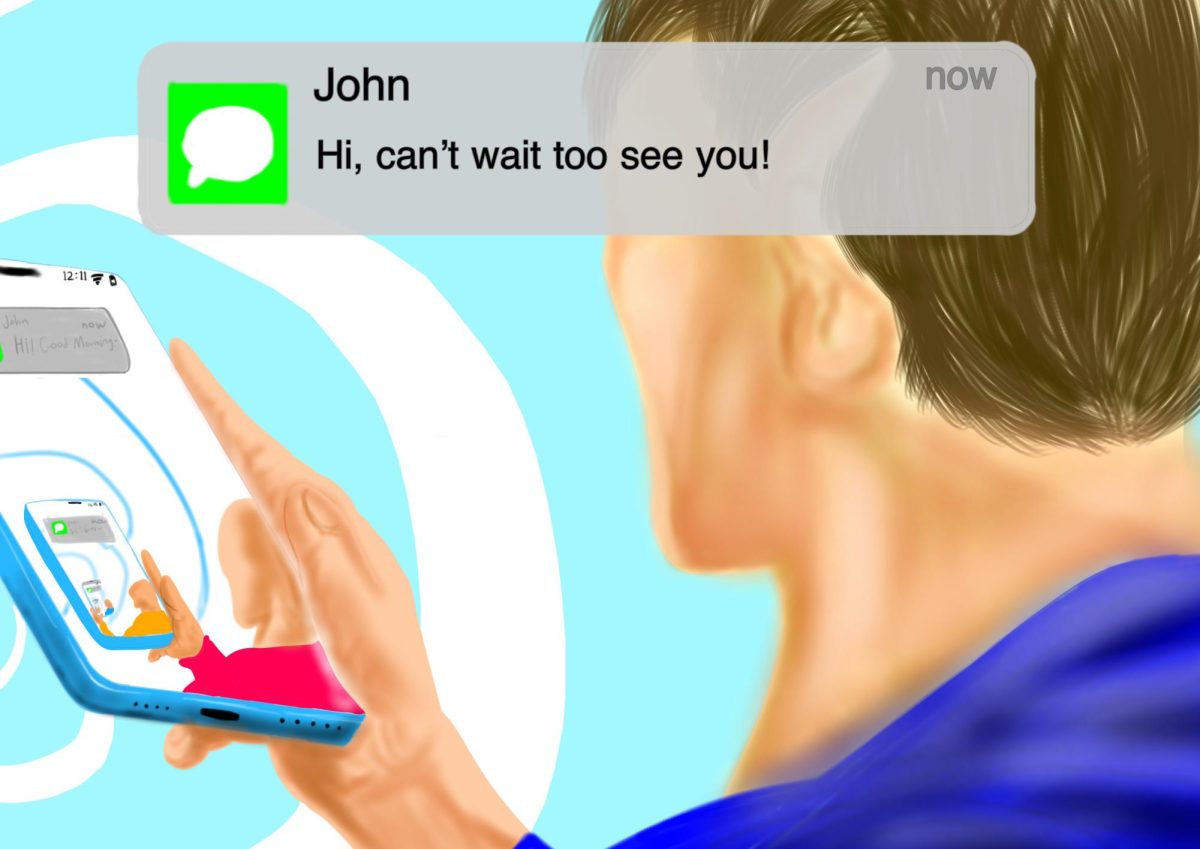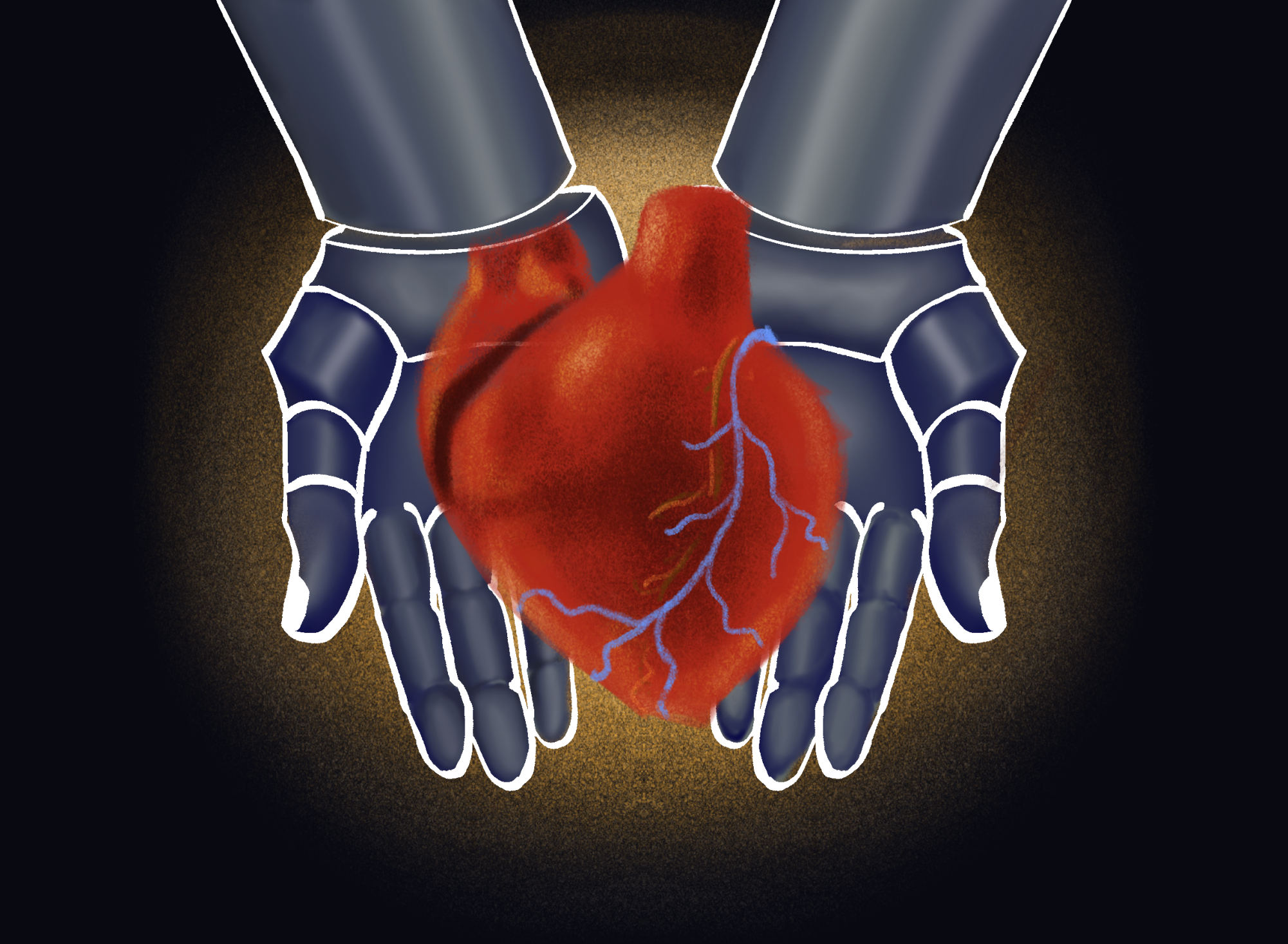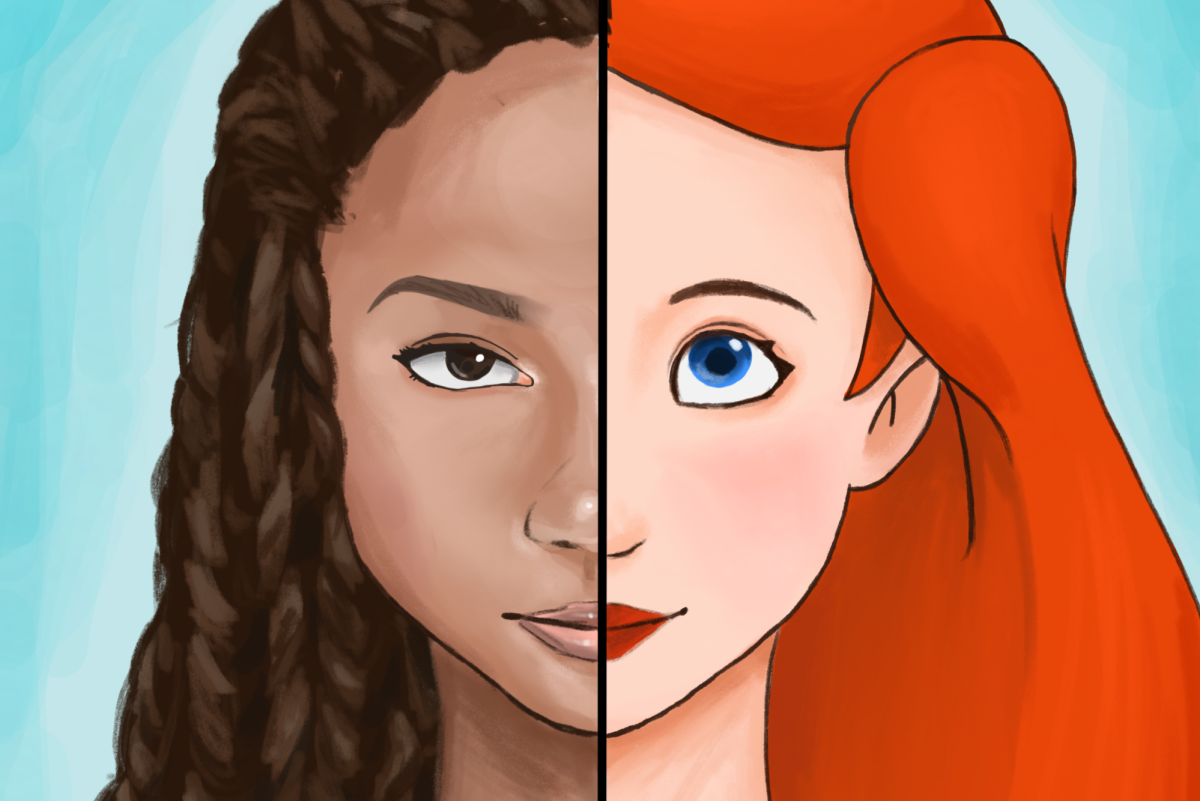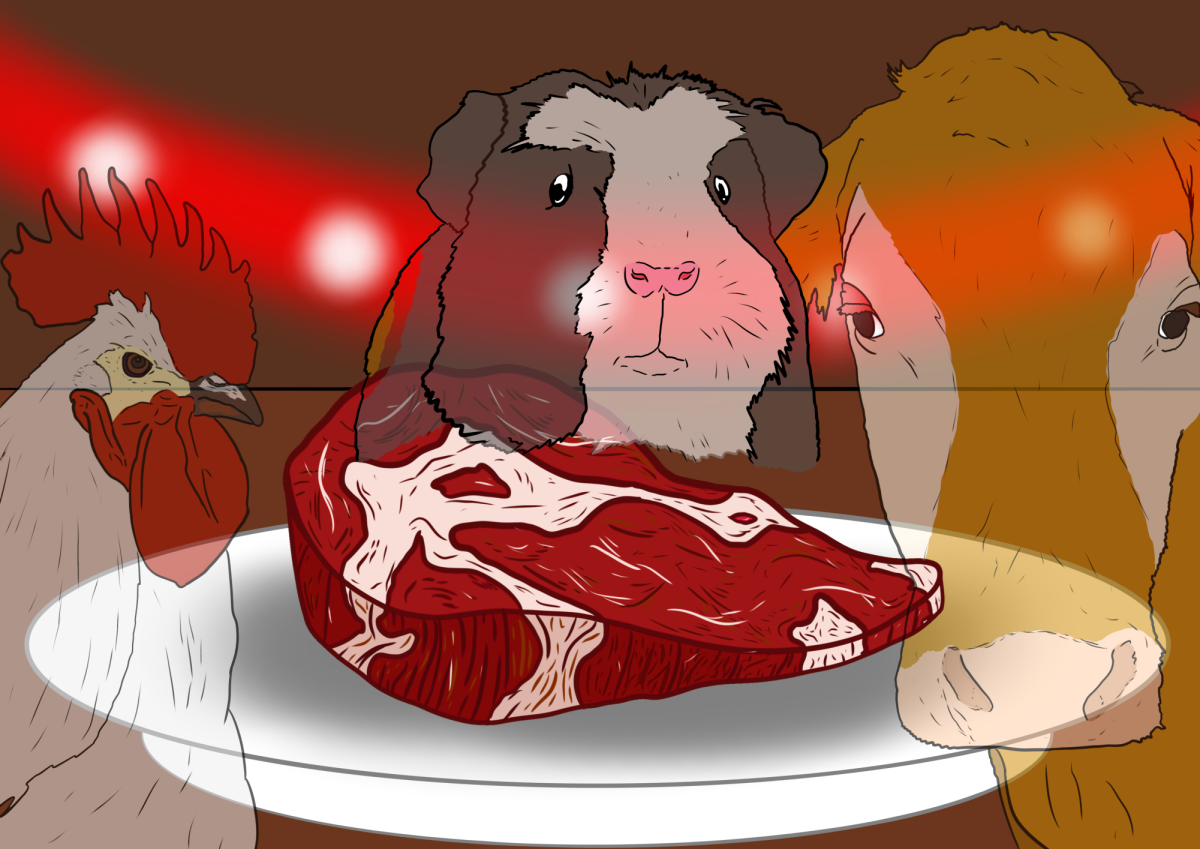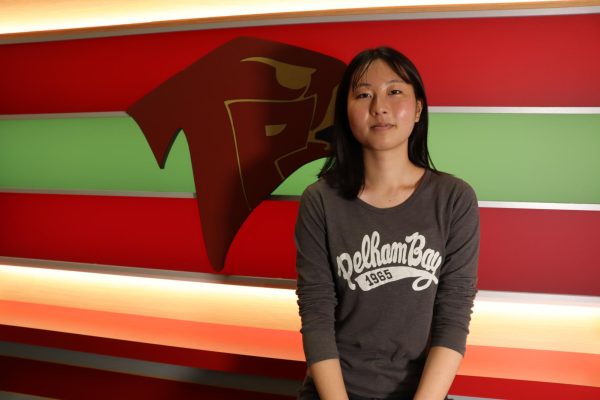From bows and handsome princes to war and combat, female characters in movies are portrayed in whatever way society deems most desirable at the time. These representations often cause more harm than good. In our postfeminist society — a society where the consensus is that feminist ideals are mostly already achieved — women who are more traditionally feminine are often looked down upon in the media, all in the name of empowering women to breach traditionally masculine fields and behaviors. Instead, one-dimensional characters who represent traditionally masculine characteristics are pushed to the forefront. In order for movies to truly empower women, all women, regardless of their individual characteristics, must feel supported in their choices by being equally and well represented.
Old Disney films, and the discourse surrounding them, are an example of how traditionally female characters are rejected by our modern society. Films like “Cinderella” and “Sleeping Beauty” are no longer viewed in a positive light, with many modern remakes seeking to reverse the gender stereotypes prevalent in the movies.
Recently, Disney announced a remake of their 1937 film, “Snow White and the Seven Dwarves” to be released in March of 2025. Rachel Zegler, who plays Snow White in the remake, stated in a 2022 interview with Variety that her version of Snow White “[is] not going to be saved by the prince and she’s not going to be dreaming about true love, she’s dreaming about becoming the leader she knows she can be.”
While Zegler received backlash for her statements, her opinion is not a rare one. There is much discourse surrounding the outdated way that Disney represented female characters in their early films, all of which focused on being domestic and falling in love, hammering in the traditional gender stereotype of women.
While this depiction of women is harmful when isolated, it does portray the goals and lives of many women in the world. Although Cinderella sewed dresses and waited for a prince to come and save her, she taught young girls the value of hard work and kindness through her survival of a life with her step-family. There is nothing wrong with showing women loving dresses, falling in love and being domestic, as long as it is not the only way they are represented.
On the contrary, modern media focuses upon uprooting as many of these stereotypes as possible, often in a superficial way. Popular female characters within the “21st century” are disproportionately “masculine.”
In an effort to appear feminist and empowering, recent heroines in Marvel Cinematic Universe films, such as “Captain Marvel,” are made to be stoic and overpowered. While, in theory, a female superheroine who is tough and brash is good representation, the idea that having characteristics associated with toxic masculinity makes them “stronger” is a harmful narrative, especially when the character has no other flaws. There is value in falling in love and being sensitive — these experiences and characteristics are a part of life regardless of gender, despite being commonly associated with women. By strictly avoiding giving female characters these traits and instead solely providing them with “strong” characteristics and no flaws, women are indirectly shamed for being “too feminine” and pushed towards the harmful expectations reflecting toxic masculinity.
The best way to dissolve a stereotype that corners women into their traditional roles is not to hyperfixate on those who break the mold, but rather represent all women equally and with respect. A wide variety of complex, well-developed female characters is the best way to portray women in film as it reflects real life. There are more important characteristics to women than their supposed femininity and masculinity that can be focused on when society shifts focus from how women should act to who they already are.


